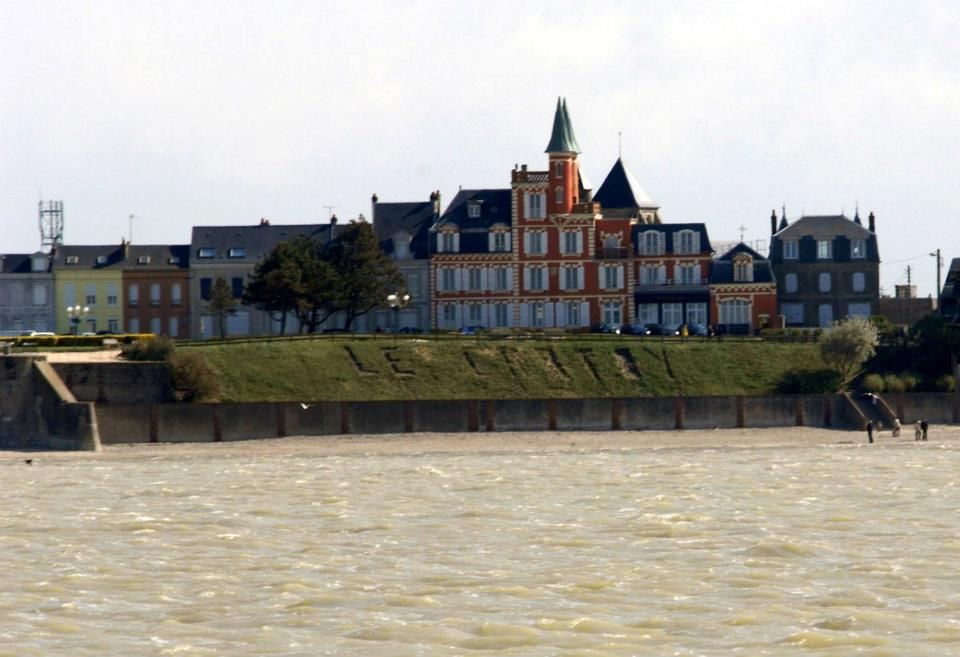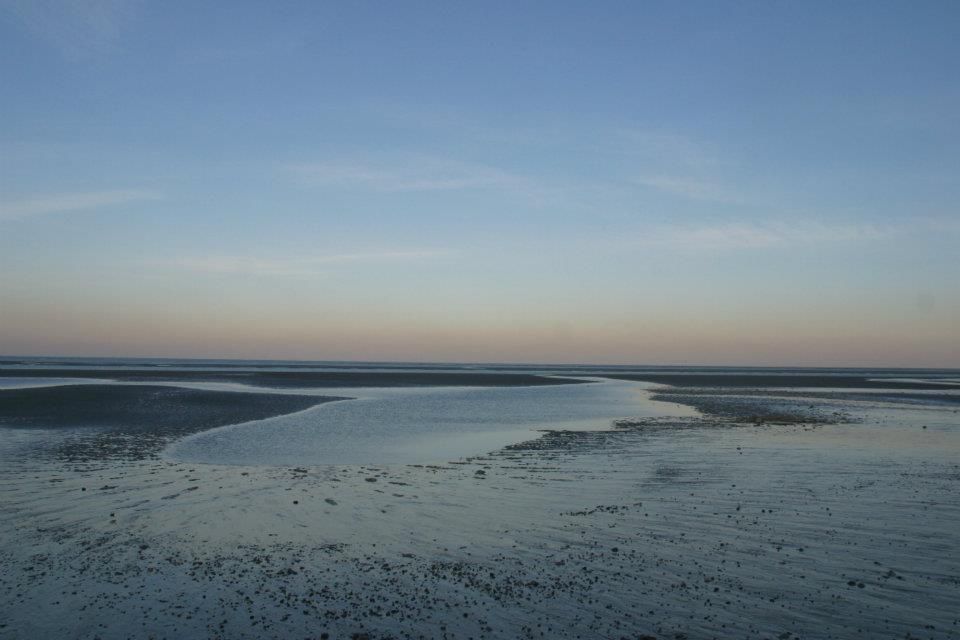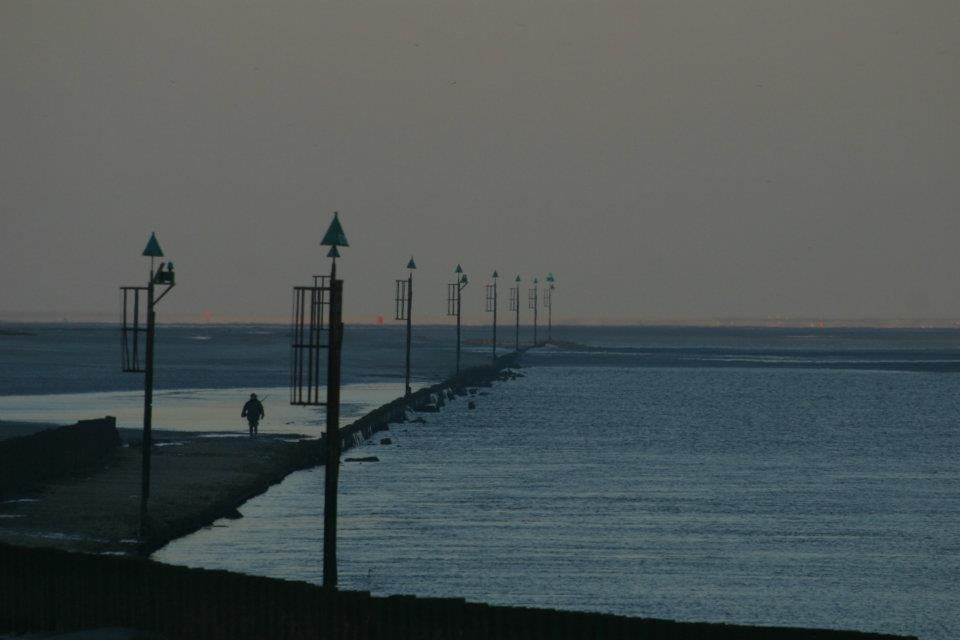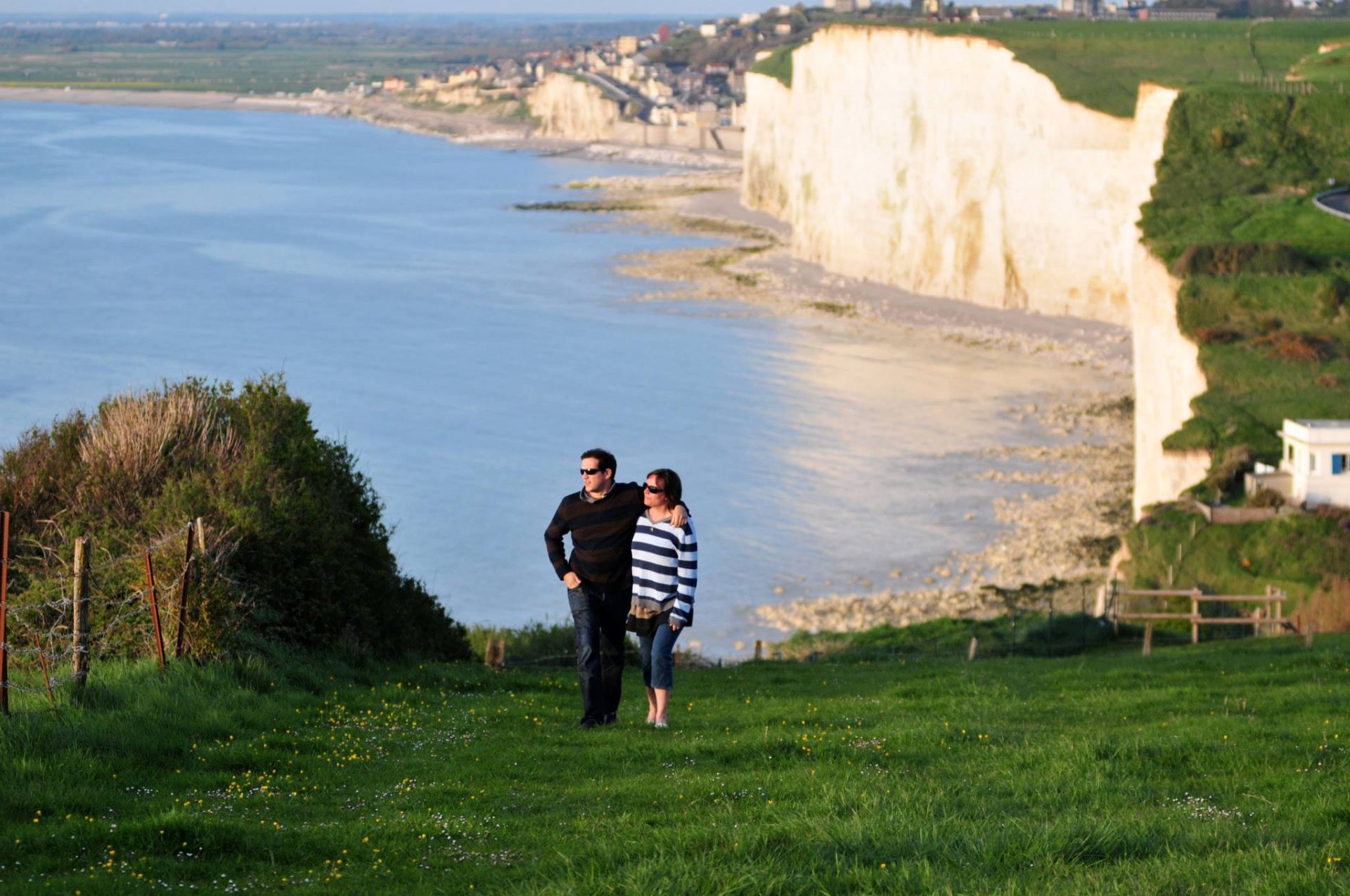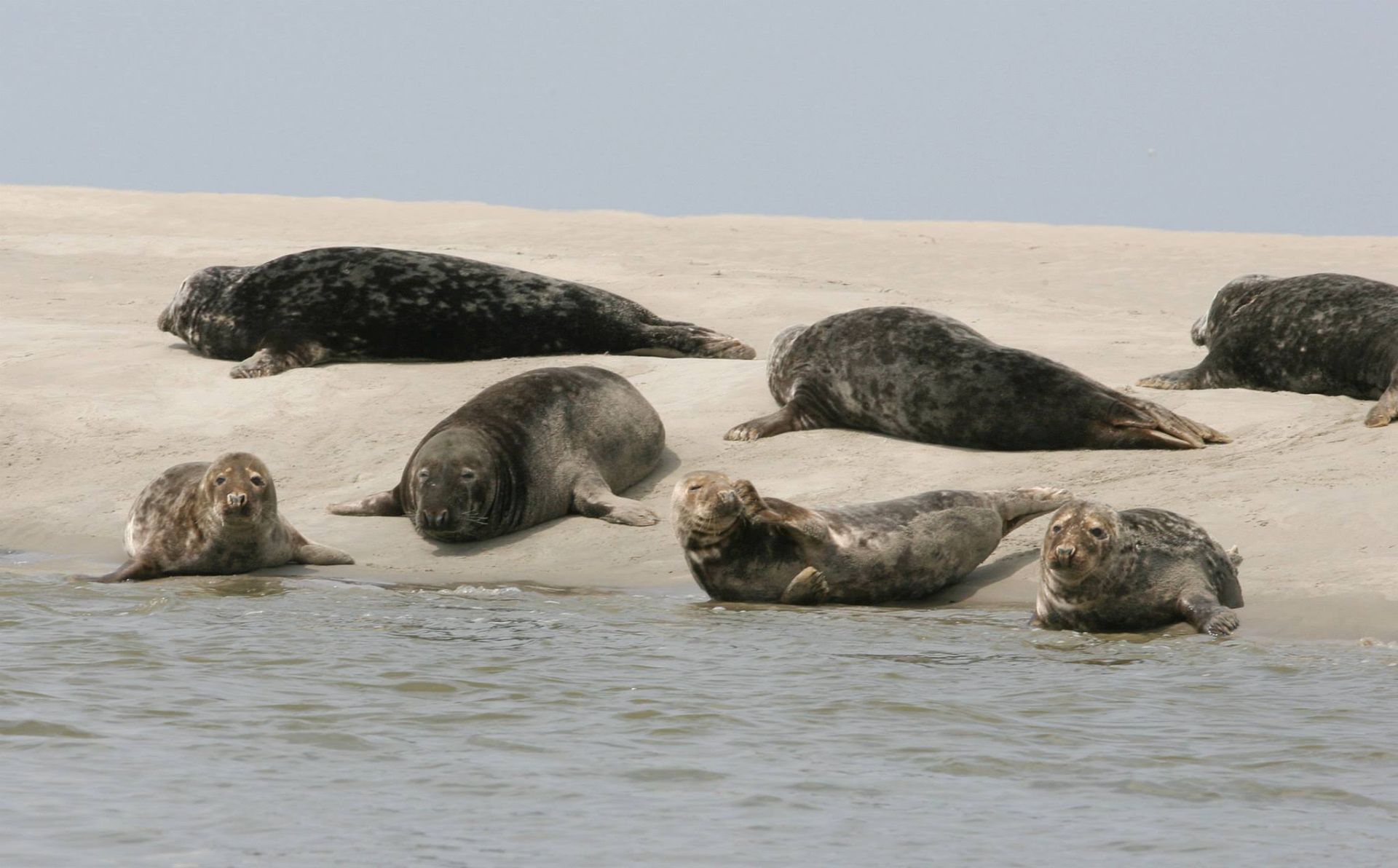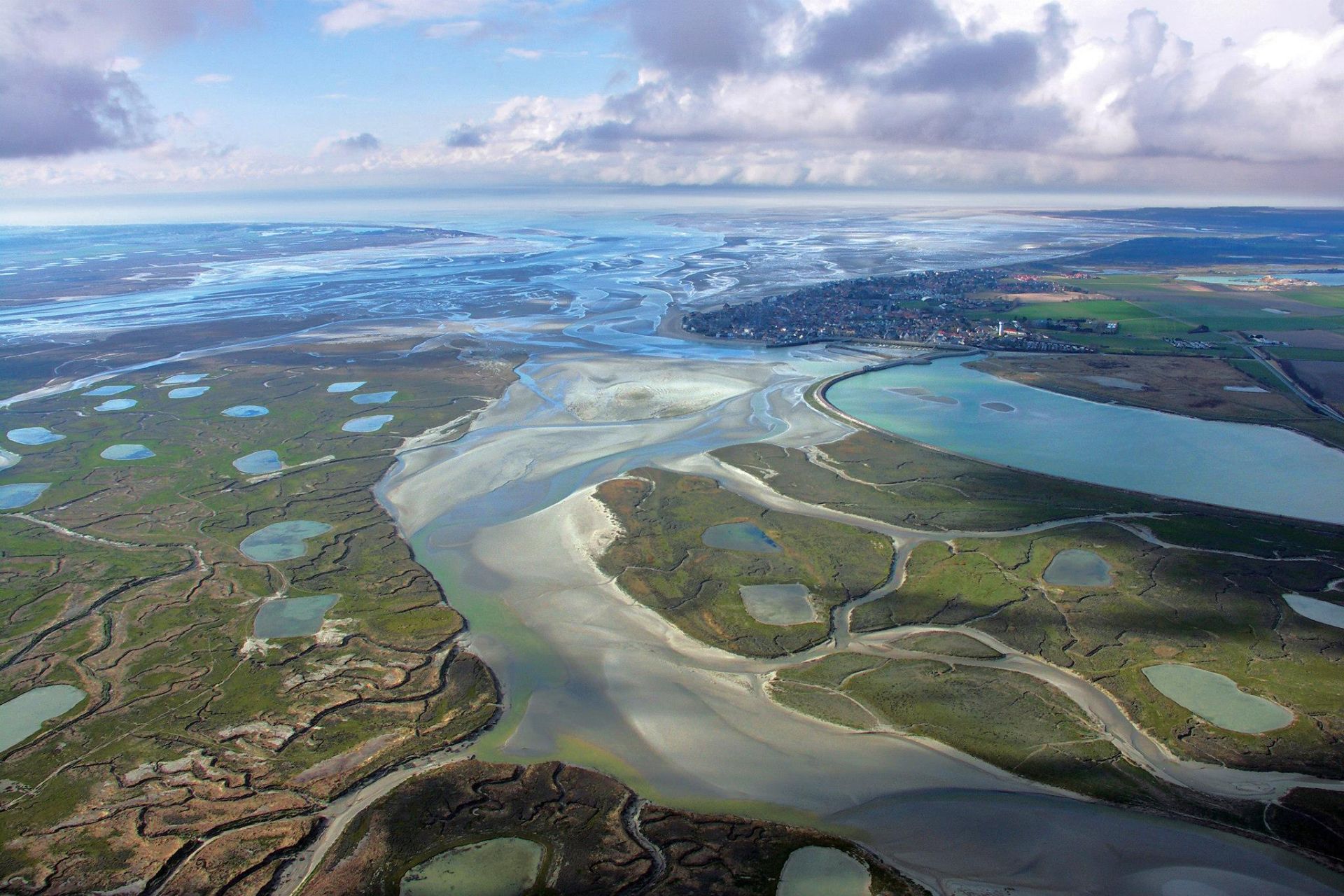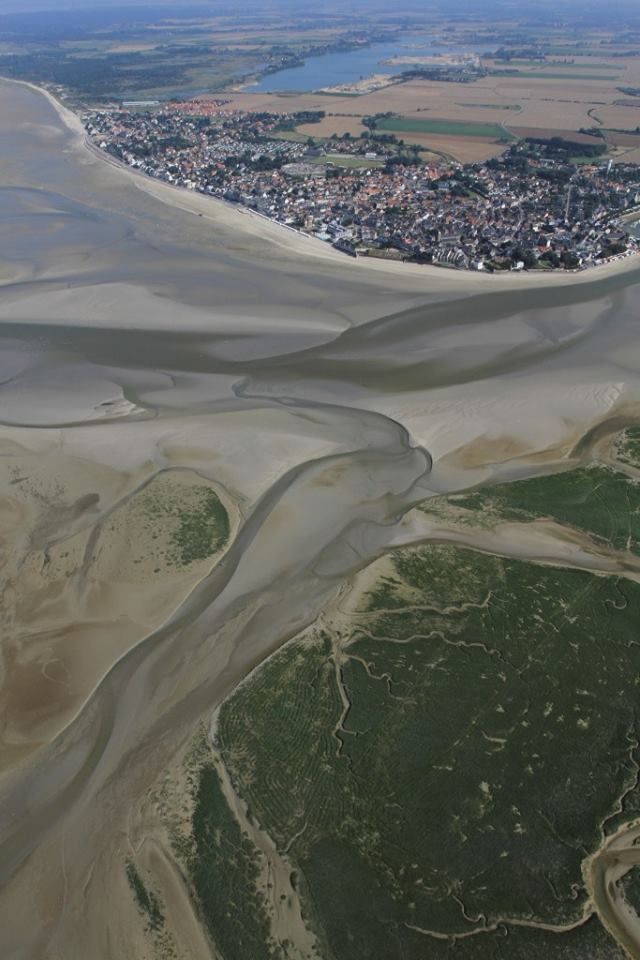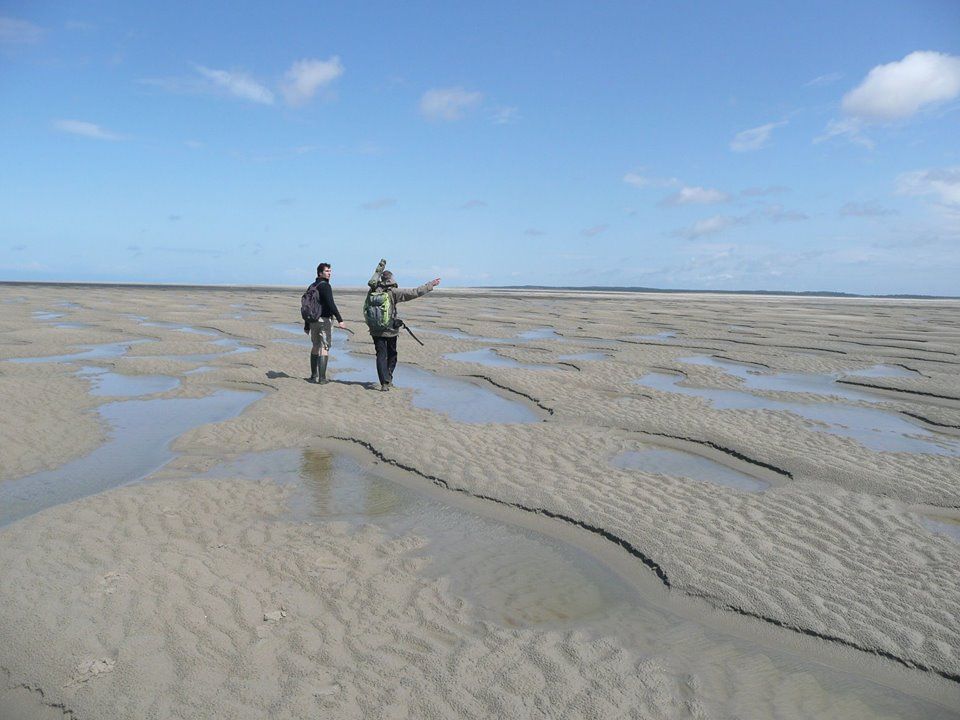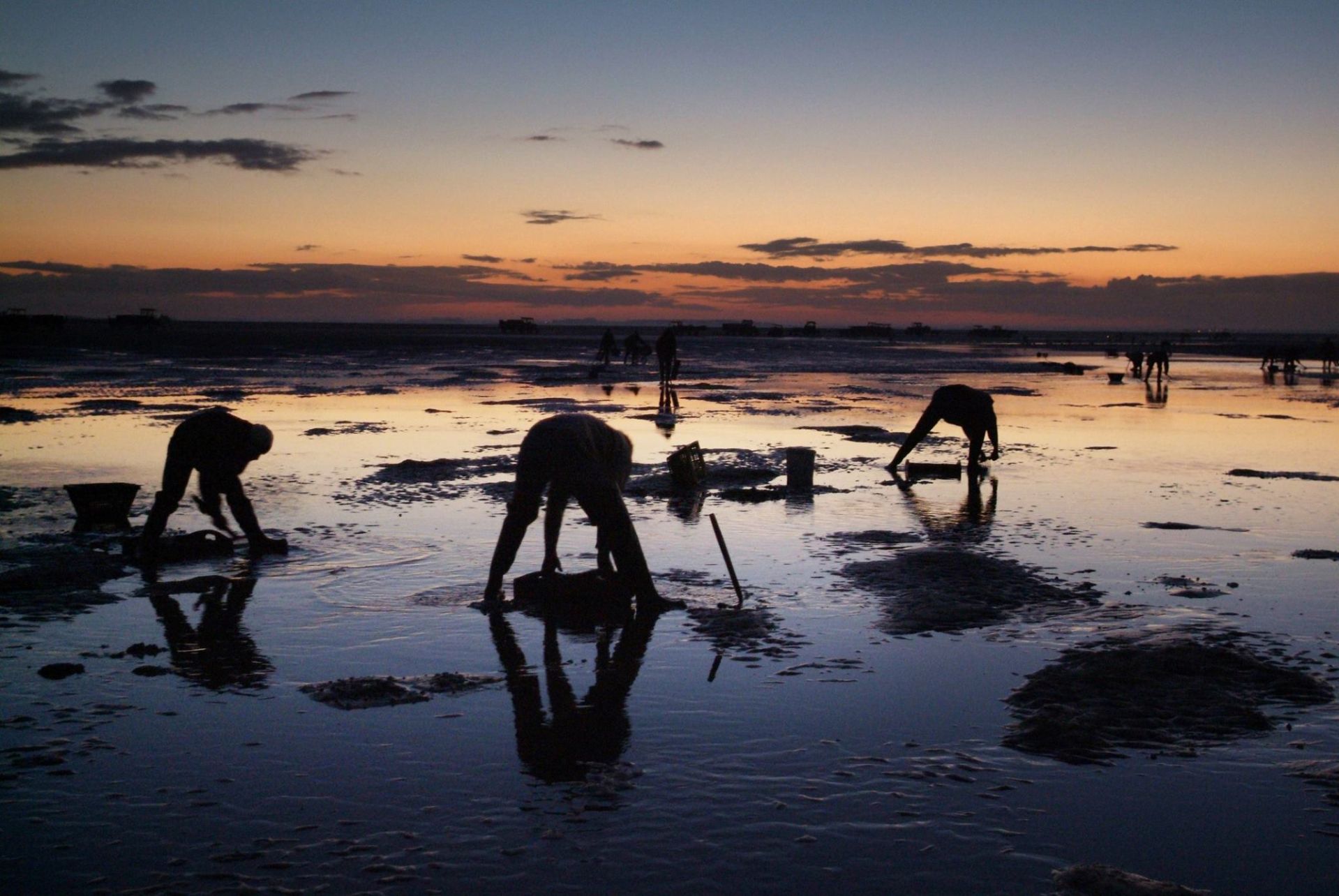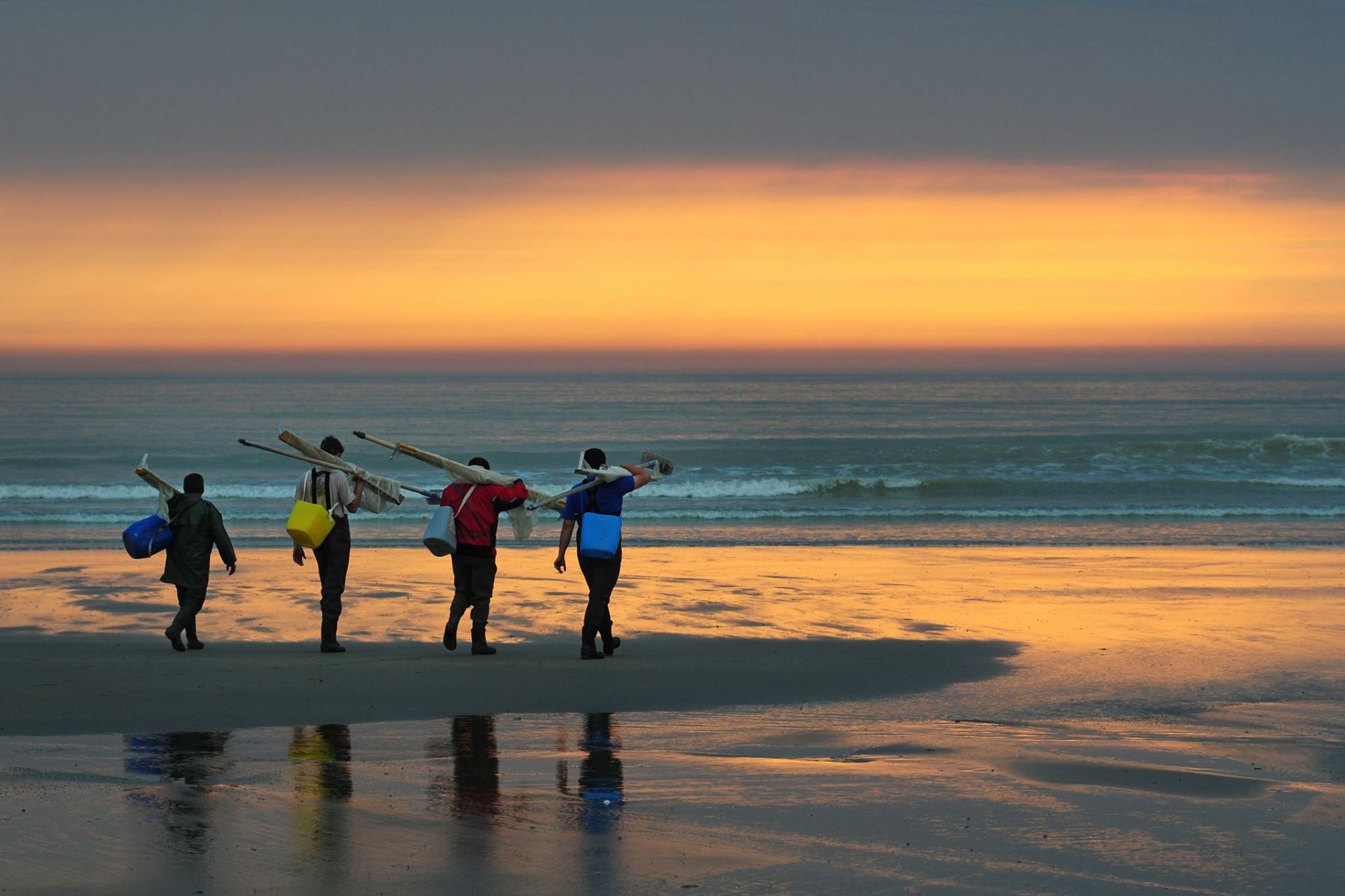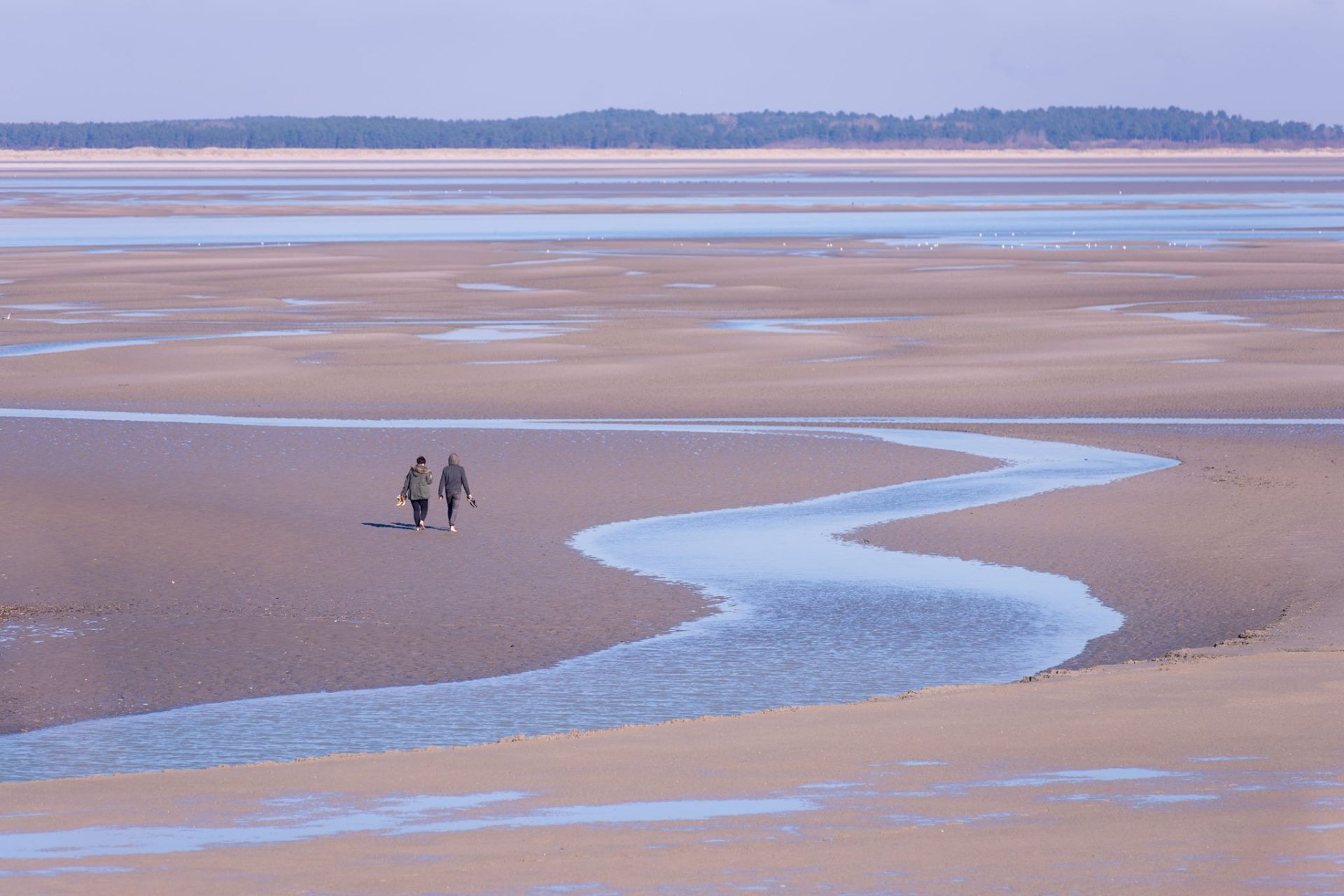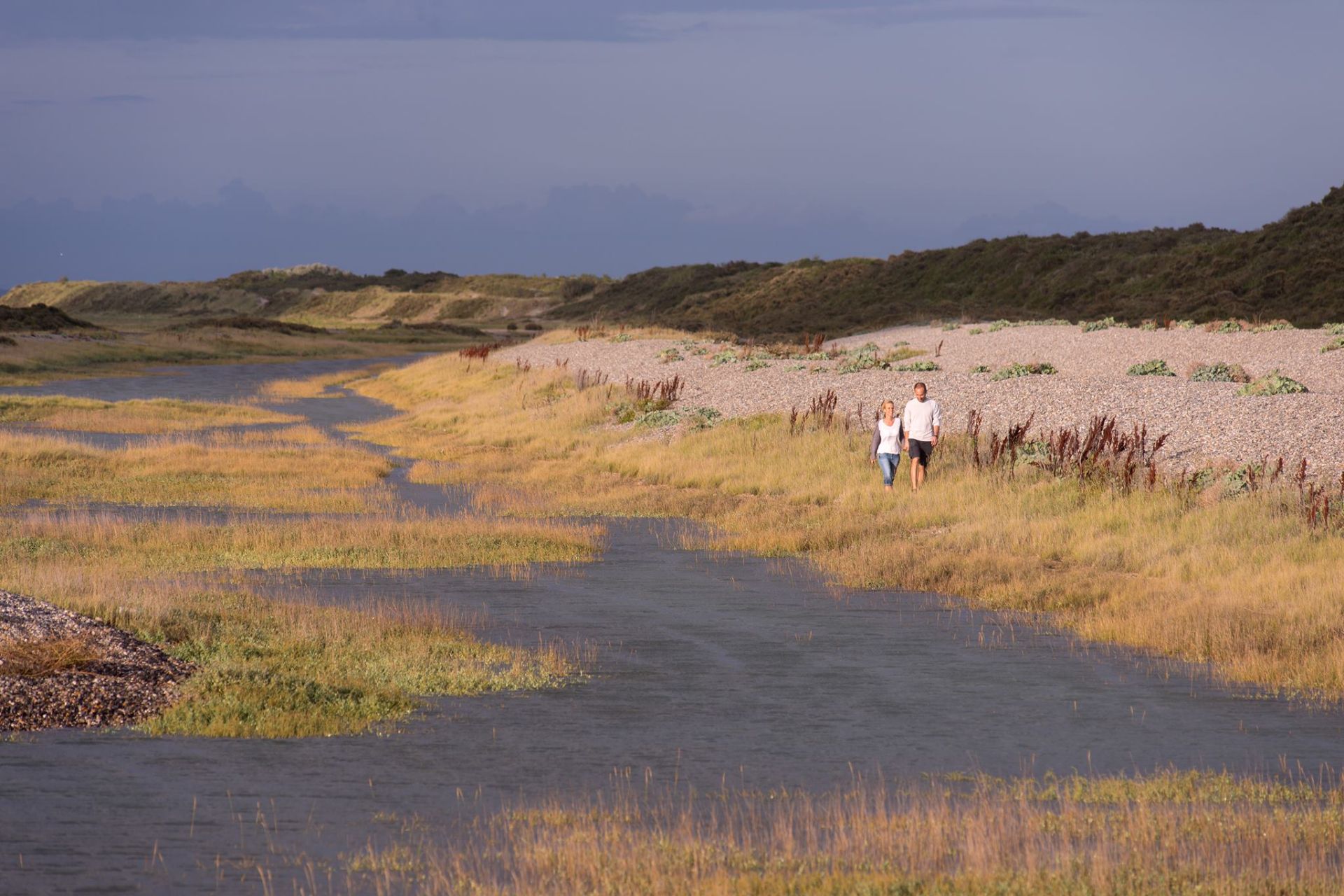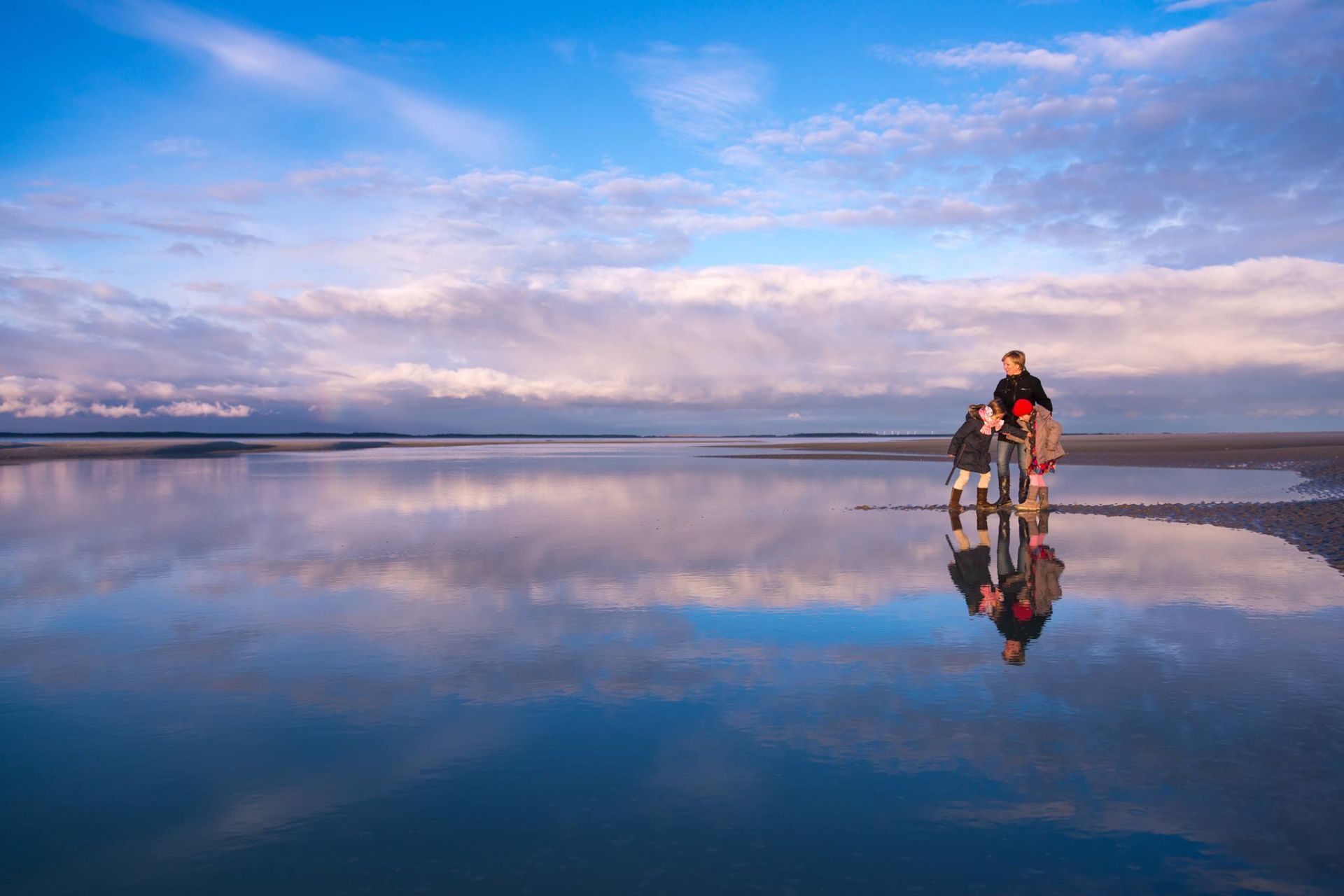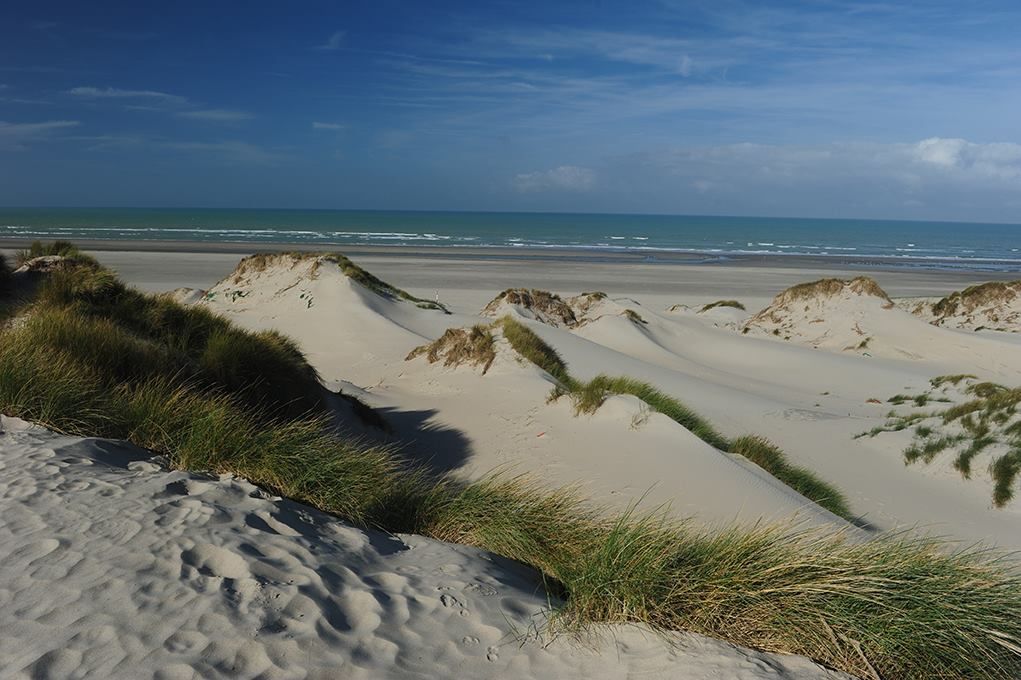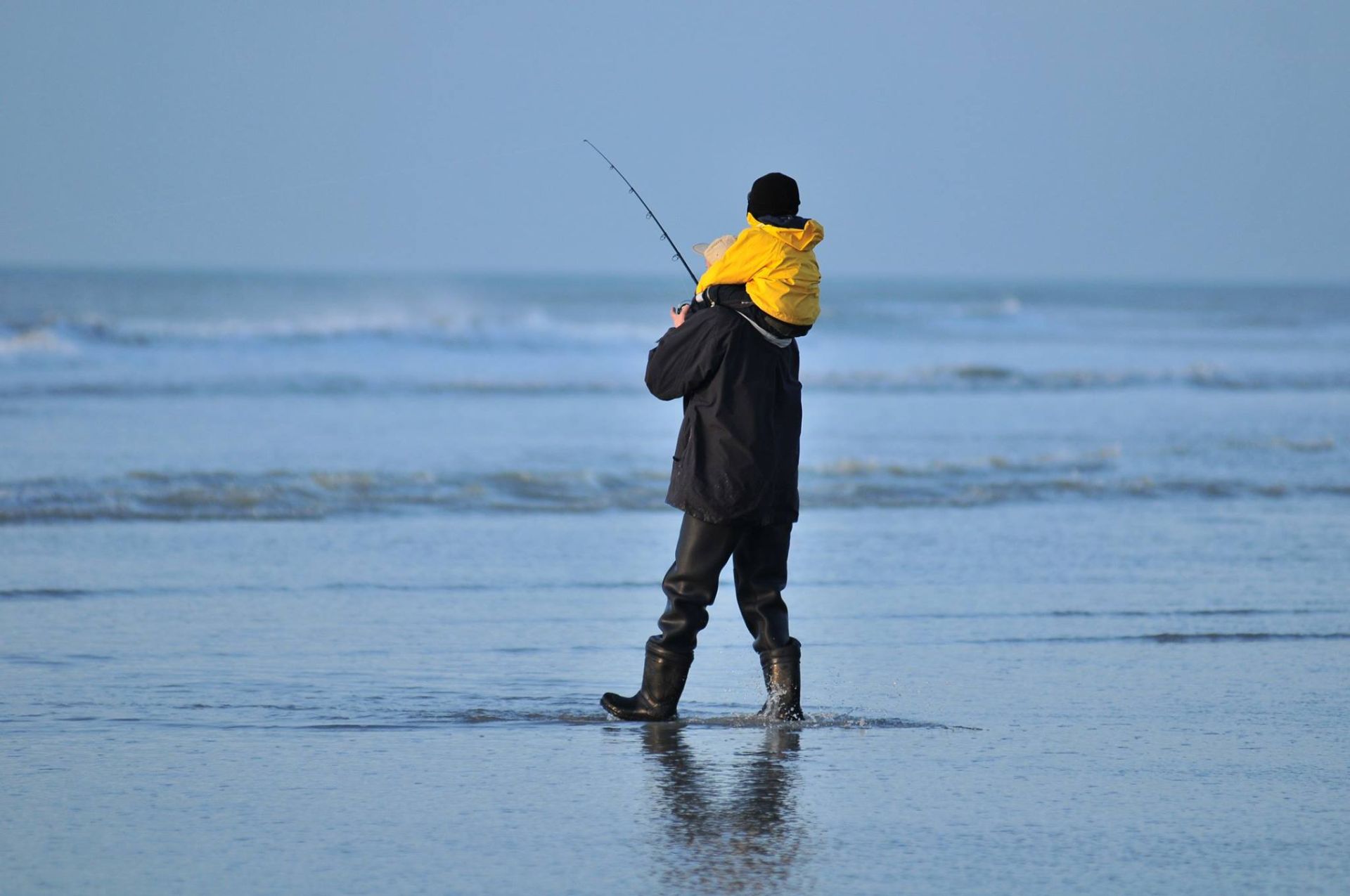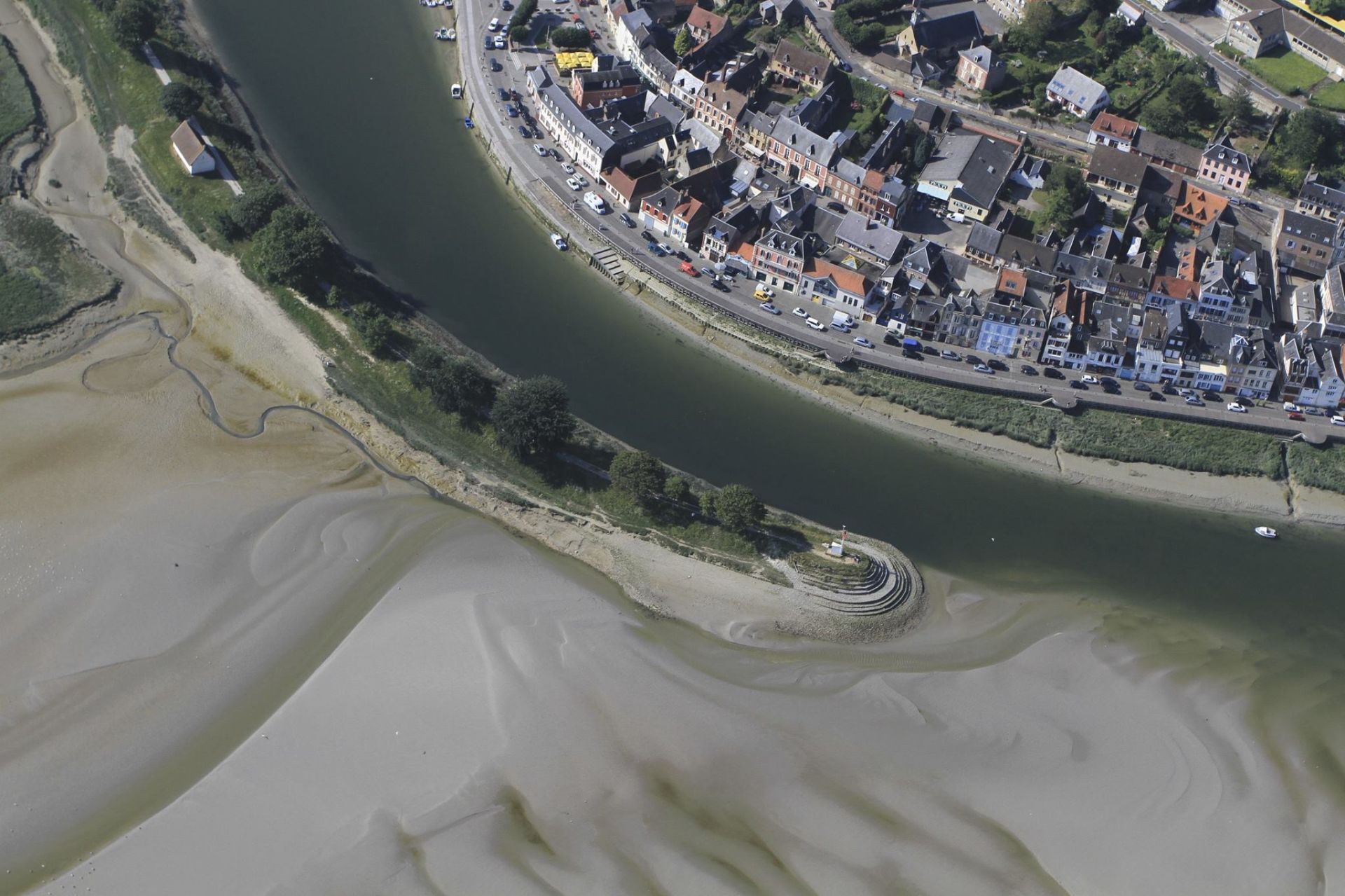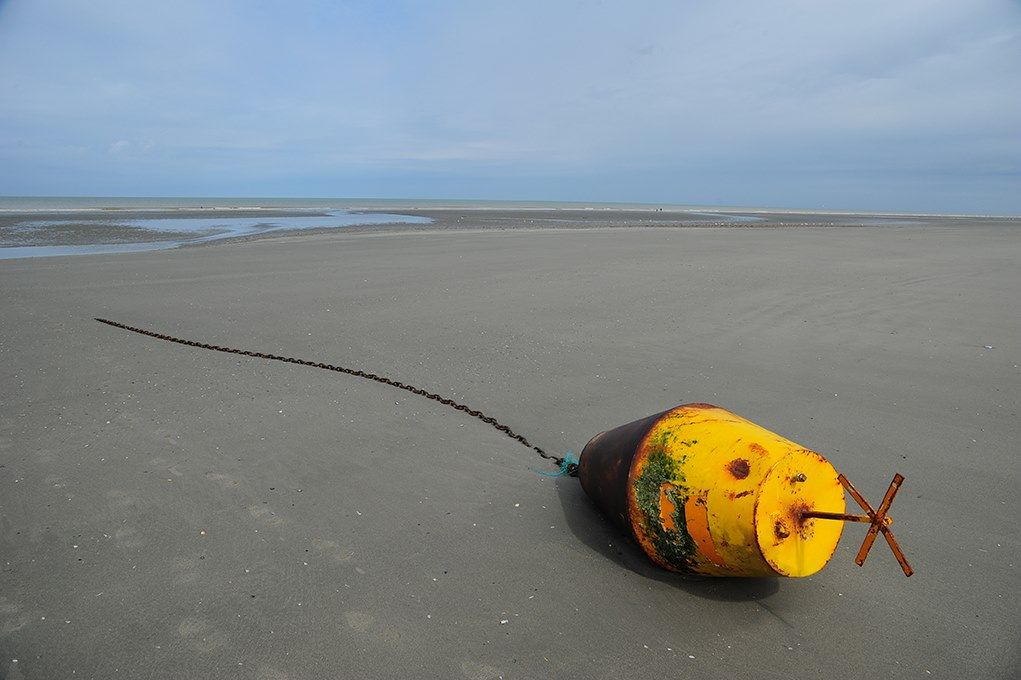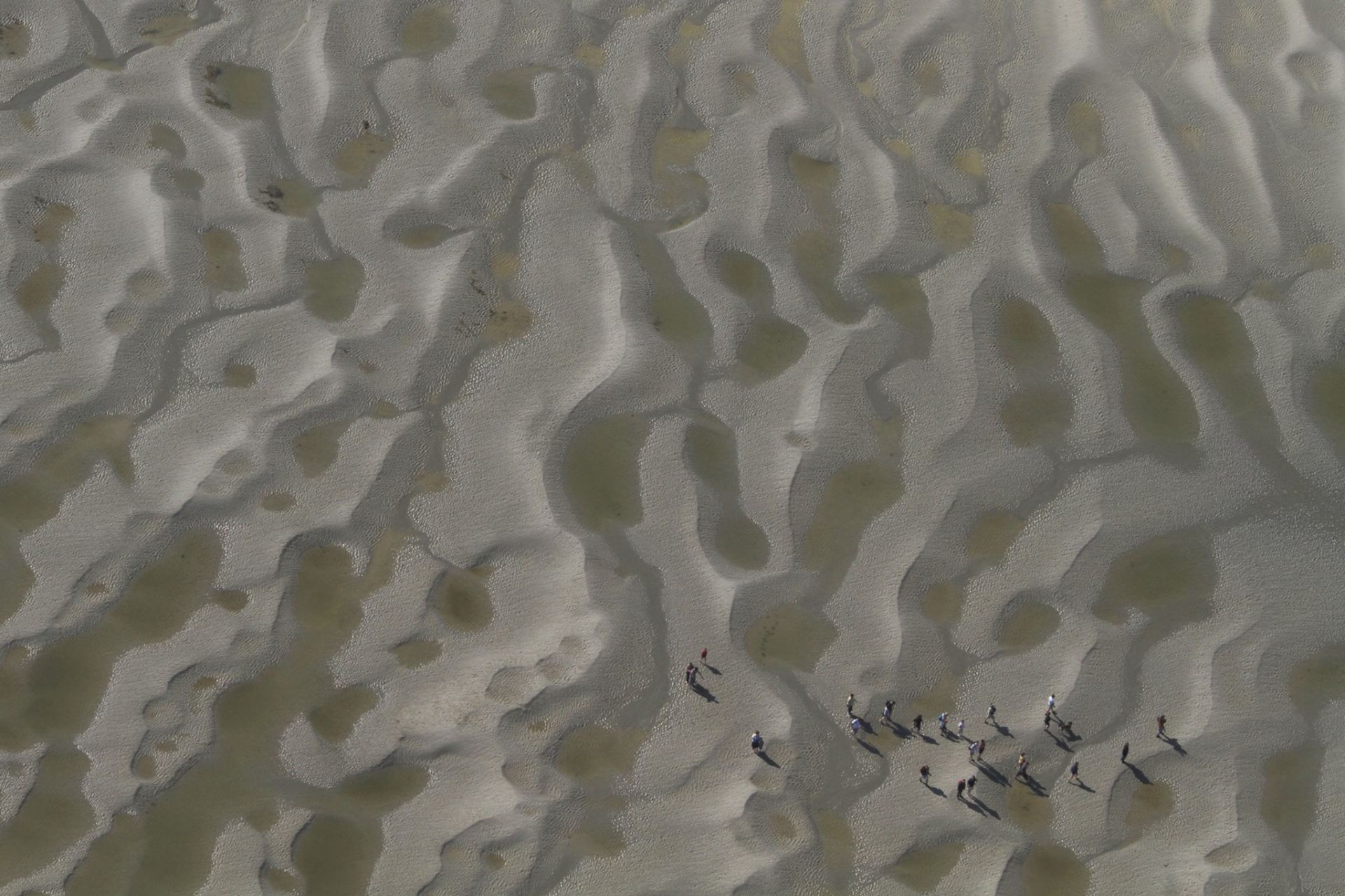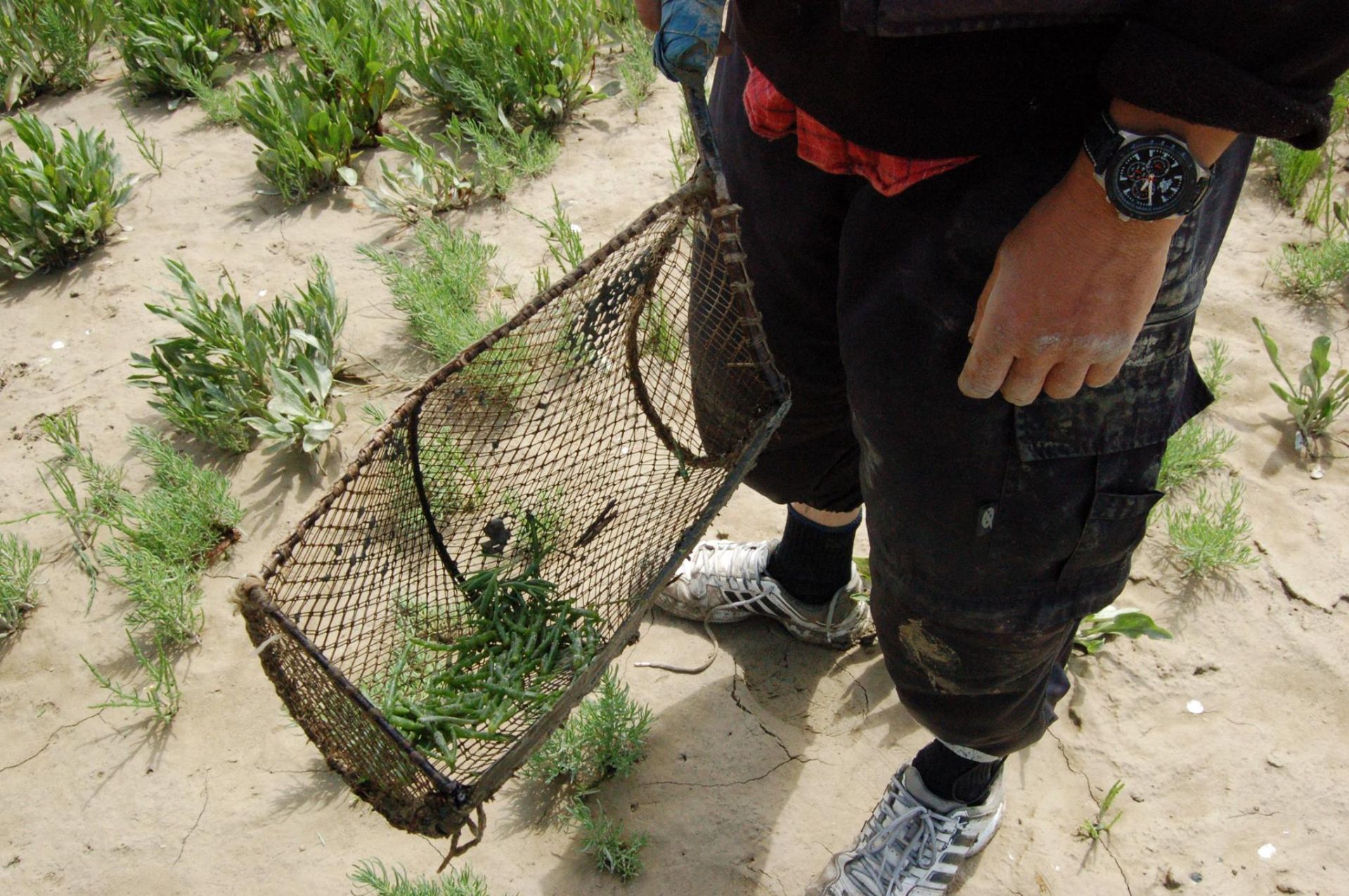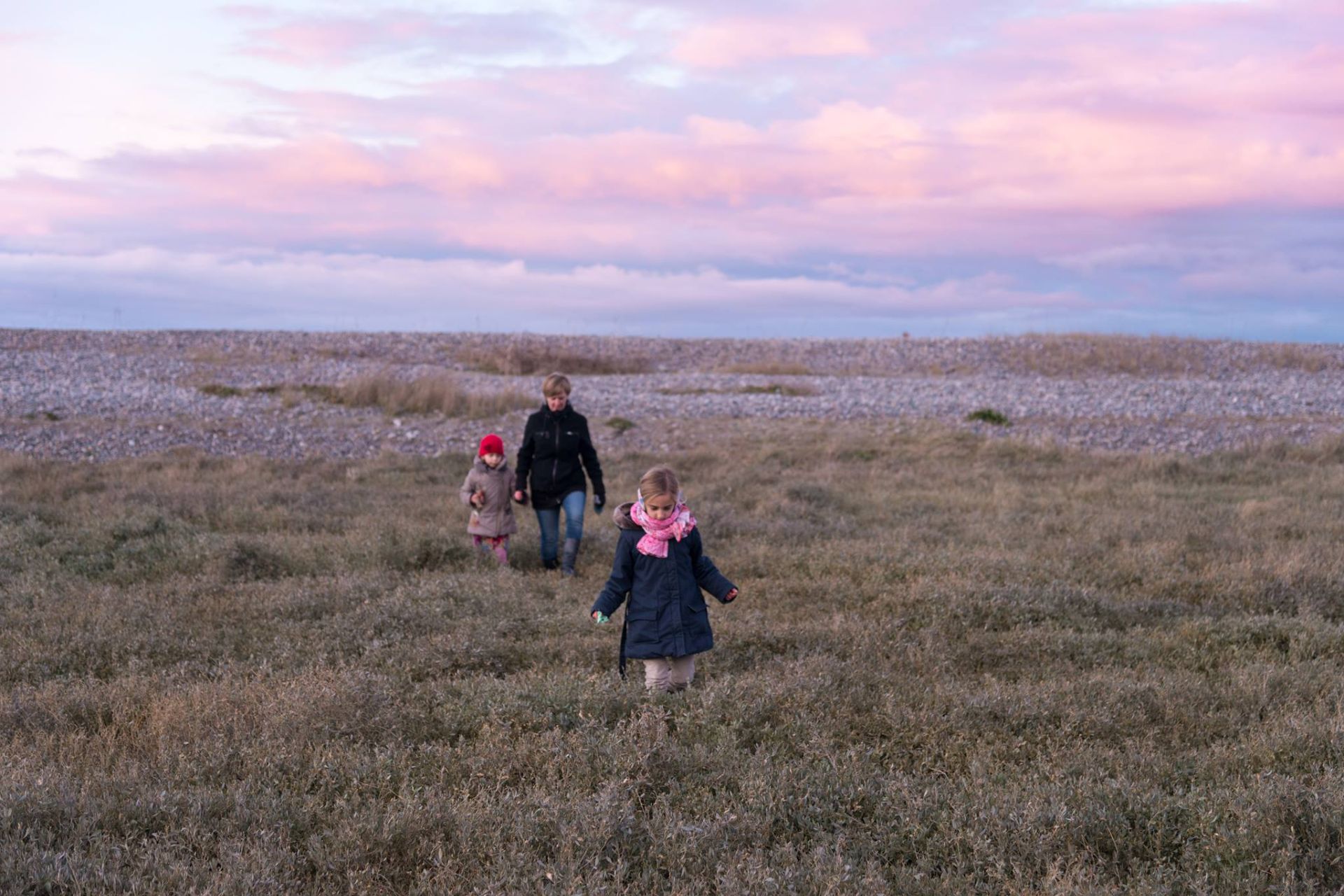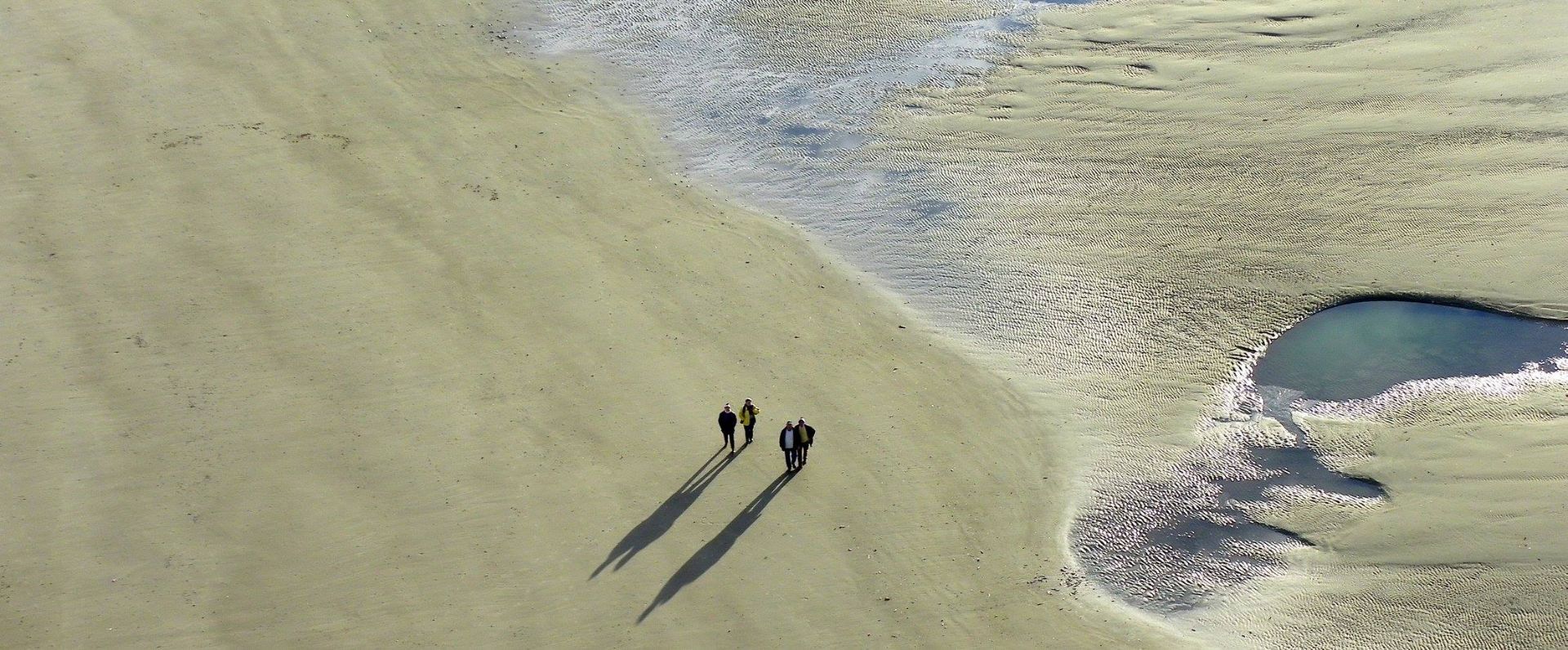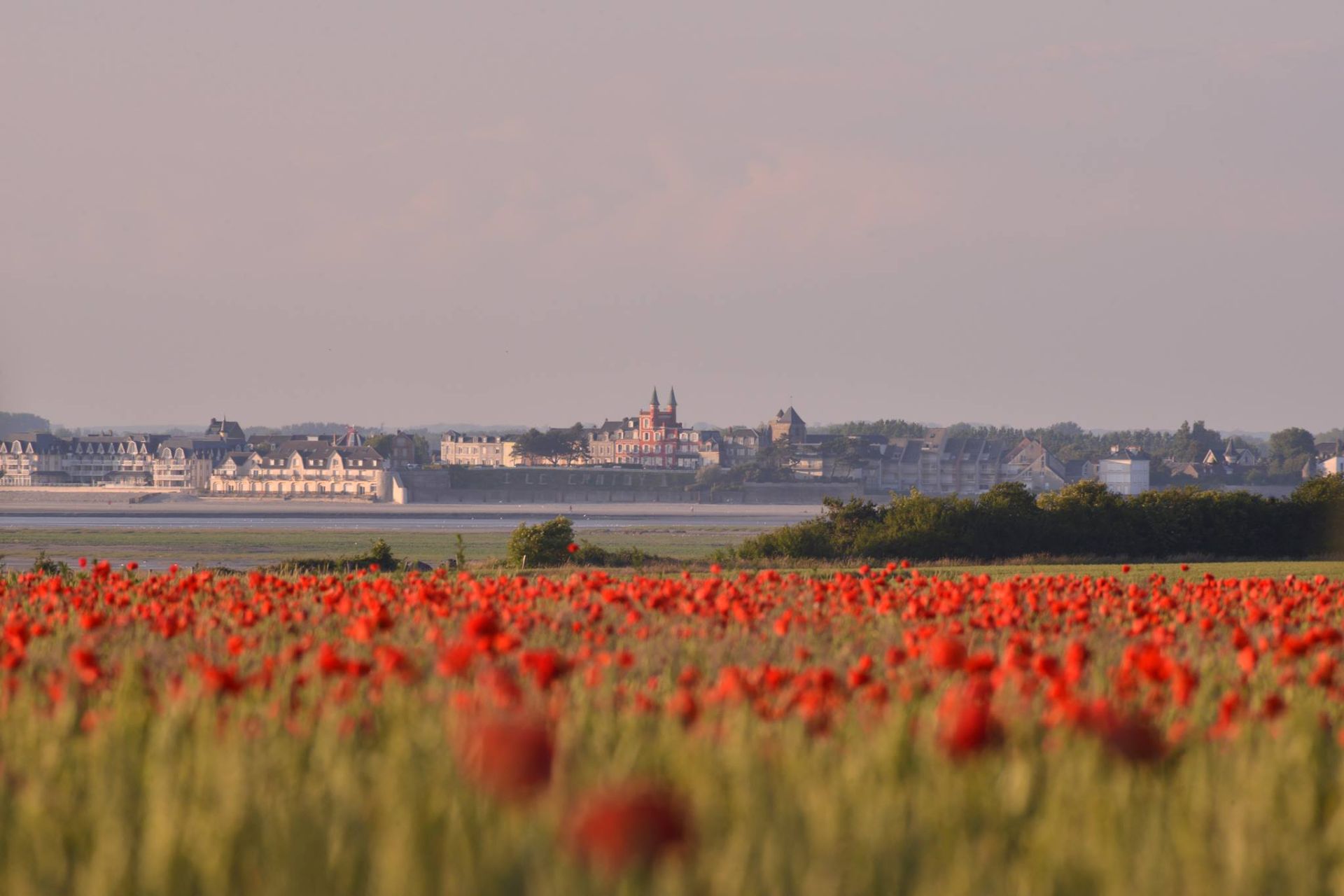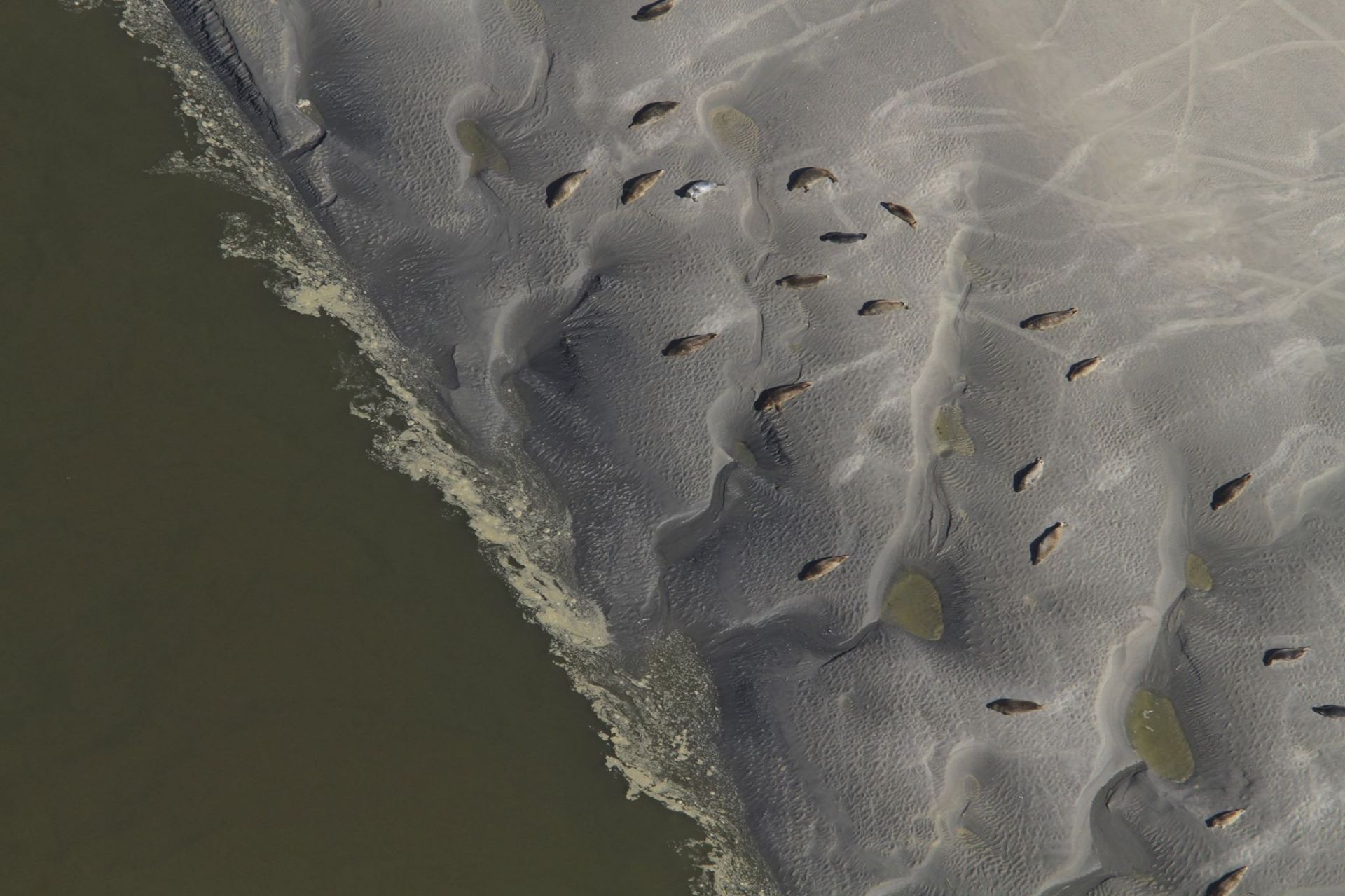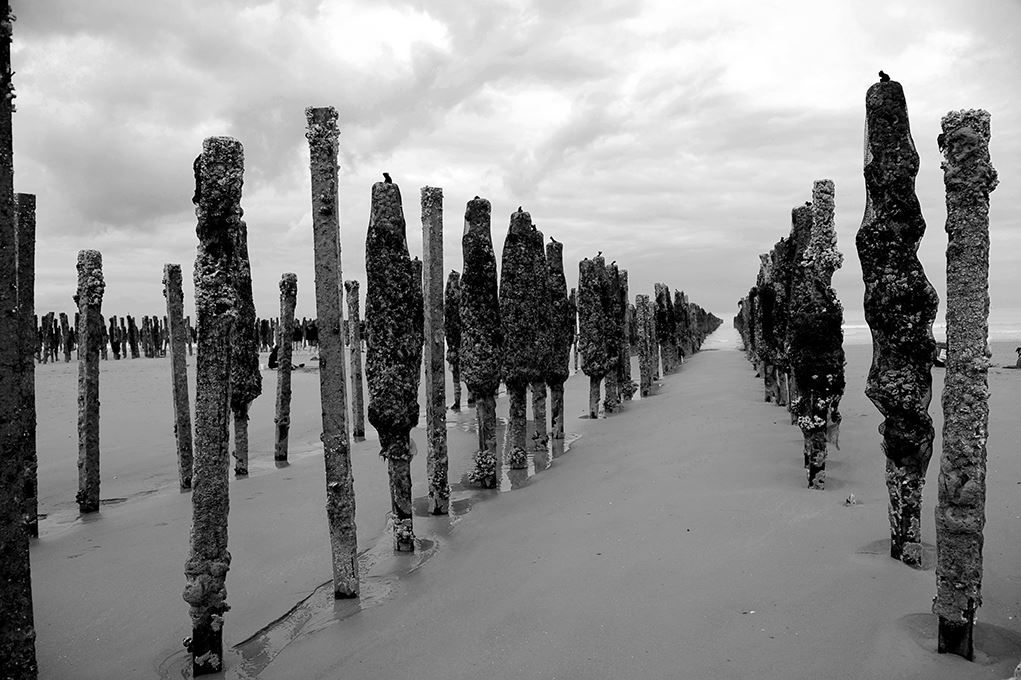
BAY OF THE SOMME
France
See the map
General Information
about Bay of Somme
Located in France, the Somme Bay measures 7200 hectares and has 72 km of coastline, of which only 15% have been urbanised, making it the largest estuary in the North of France. On 18 November 1998, it became a member of the prestigious club of the Most Beautiful Bays in the World and is a favourite destination for European tourists seeking a nature-filled holiday. It welcomes approximately 10 million tourists each year, including 2 million visitors to the bay’s natural habitats at the entrance to the Nature Reserve, the Pointe du Hourdel and the Cap Hornu).
Upon a surface area of just 17,000 hectares, the Somme Bay comprises three large areas of ecological interest: the estuaries, the dunes and the marshlands. It is also famous for its wildlife, especially its fauna, and perfect for bird watching. Having obtained recognitions including ‘Ramsa,’ ‘Natura 2000,’ and with designated areas for protected species and a National Nature Reserve (3000 hectares), it is well recognised for the way in which the natural habitats are protected and for the importance given to the bay’s preservation.
Some of the characteristic activities in this bay are glasswort harvesting, mussel farming, sea fishing or shell-fish harvesting, decoy-duck sculpting, water-fowl hunting, salt-meadow sheep rearing, Henson horses and the pebble industry (the only source in the world to be almost 100% pure silica) They illustrate the professional and leisure activities carried out in the bay and its surroundings and show the strong link that exists between men, women and their land.
The operation, entitled Grand Site Baie de Somme, promotes every factor of sustainable development:
1 – The environmental factor, by restoring, managing and respecting the natural habitats
2 – The economic factor, by the development of local activities (preserving traditional activities and structuring the tourism sector),
3 – The social factor, by aspiring to create a dynamic through ‘the Grand Site Baie de Somme spirit,’ regular local dialogue and improving the conditions in which tourists are received, etc.
Strategic framework split into six topics:
1: Protection of the biodiversity and the natural habitats
2: Promotion of the Grand Site Baie de Somme’s landscapes
3: Anticipation of natural hazards that could occur in the Grand Site Baie de Somme
4: Improvement of the way tourists are received and the way of life of the inhabitants of the Grand Site Baie de Somme
5: Ensuring the development of tourism activities that are eco-responsible
6: Coordination and management of the Grand Site Baie de Somme Operation
Située en France, la baie de Somme s’étend sur 7 200 hectares, sur un littoral de 72 km, dont 15% sont urbanisés, ce qui en fait le plus grand estuaire au nord de la France. Le 18 novembre 1998, elle est devenue membre du prestigieux Club des Plus Belles Baies du Monde. Elle est une destination favorite des touristes européens en quête de vacances en pleine nature. Elle accueille environ 10 millions de touristes tous les ans, dont 2 millions visitent les habitats naturels de la baie à l’entrée de la réserve naturelle, la pointe du Hourdel et le cap Hornu.
Sur une superficie de seulement 17 000 hectares, la baie de Somme compte trois grandes zones d’intérêt écologique : les estuaires, les dunes et les marais. La baie est également reconnue pour sa richesse écologique, en particulier sa faune. Elle est parfaite pour l’observation des oiseaux. Classée comme site « Ramsa » et inscrite dans le réseau européen « Natura 2000 », avec des zones spécifiques pour les espèces protégées et une réserve naturelle nationale (3 000 hectares), la baie est reconnue pour la protection des habitats naturels et l’importance accordée à sa préservation.
Certaines des activités caractéristiques de cette baie sont la récolte des salicornes, la culture des moules, la pêche en mer ou la récolte de coquillages, la sculpture de leurres, la chasse aux oiseaux aquatiques, l’élevage des moutons, les chevaux Henson et l’industrie du galet (la seule source au monde de silice presque 100% pure). La baie et ses environs regroupent toutes ces activités professionnelles et de loisirs, révélant le lien fort qui existe entre les hommes, les femmes et leur terre.
La baie de Somme est officiellement devenue « Grand Site de France », assurant ainsi la mise en valeur de tous les facteurs qui favorisent le développement durable :
1 – Le facteur environnemental, en réhabilitant, gérant et respectant les habitats naturels
2 – Le facteur économique, en développant des activités locales (préservation des activités traditionnelles et structuration du secteur touristique)
3 – Le facteur social, visant à créer une dynamique à travers « l’esprit du Grand Site de France de la Baie de Somme », avec un dialogue local régulier et l’amélioration des conditions d’accueil des touristes, etc.
Le cadre stratégique est divisé en six thèmes :
1. Protection de la biodiversité et des habitats naturels
2. Promotion des paysages du Grand Site de France de la Baie de Somme
3. Anticipation des risques naturels pouvant survenir dans le Grand Site de France de la Baie de Somme
4. Amélioration de l’accueil des touristes et du mode de vie des habitants du Grand Site de France de la Baie de Somme
5. Pari sur le développement d’activités touristiques éco-responsables
6. Coordination et gestion du Grand Site de France de la Baie de Somme
Local Partners: www.visit-somme.com
Natural Environment
Coastline
Estuary in the process of filling
Climate
Oceanic climate at moderate summers and soft winters
Temperatures
Annual average : 12°2
Thermal amplitude : 4°3
Amplitude annuelle:
Precipitations
Annual : 869 mm
Distribution : All seasons
Biogeographic Classification
Temperate deciduous forest (Western Palearctic)
Human Environment
Language
French
Local Economy
Tourism ; Fishing with foot or embarked ; agriculture
Demography
Population (inhab.) : 150 000
Density (inhab/km2) : 100
Human Development Index
0,925
Ecological Footprint
5,26
Heritage and Credentials
Natural Heritage
Natura 2000-zps, RAMSAR, ZICO, ZNIEFF, ZPC,ZPS, natural reserve, properties of the Conservatoire du Littoral
Cultural Heritage
Medieval architecture in Rue and St Valery, balneal (beginning XXème) in the littoral agglomerations
Coastal Management
--
Criteria retained by the club
BN 4 : Natural habitats ; BC 5 : Traditional occupations (hunting, fishing, agriculture )
